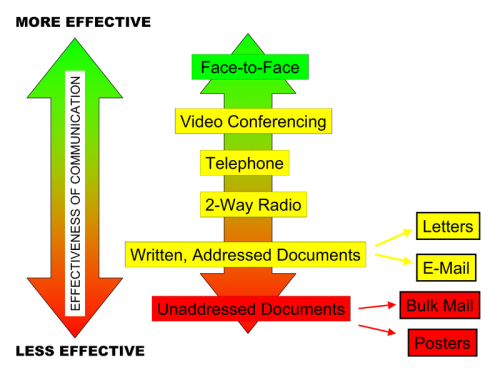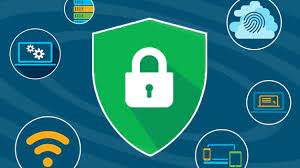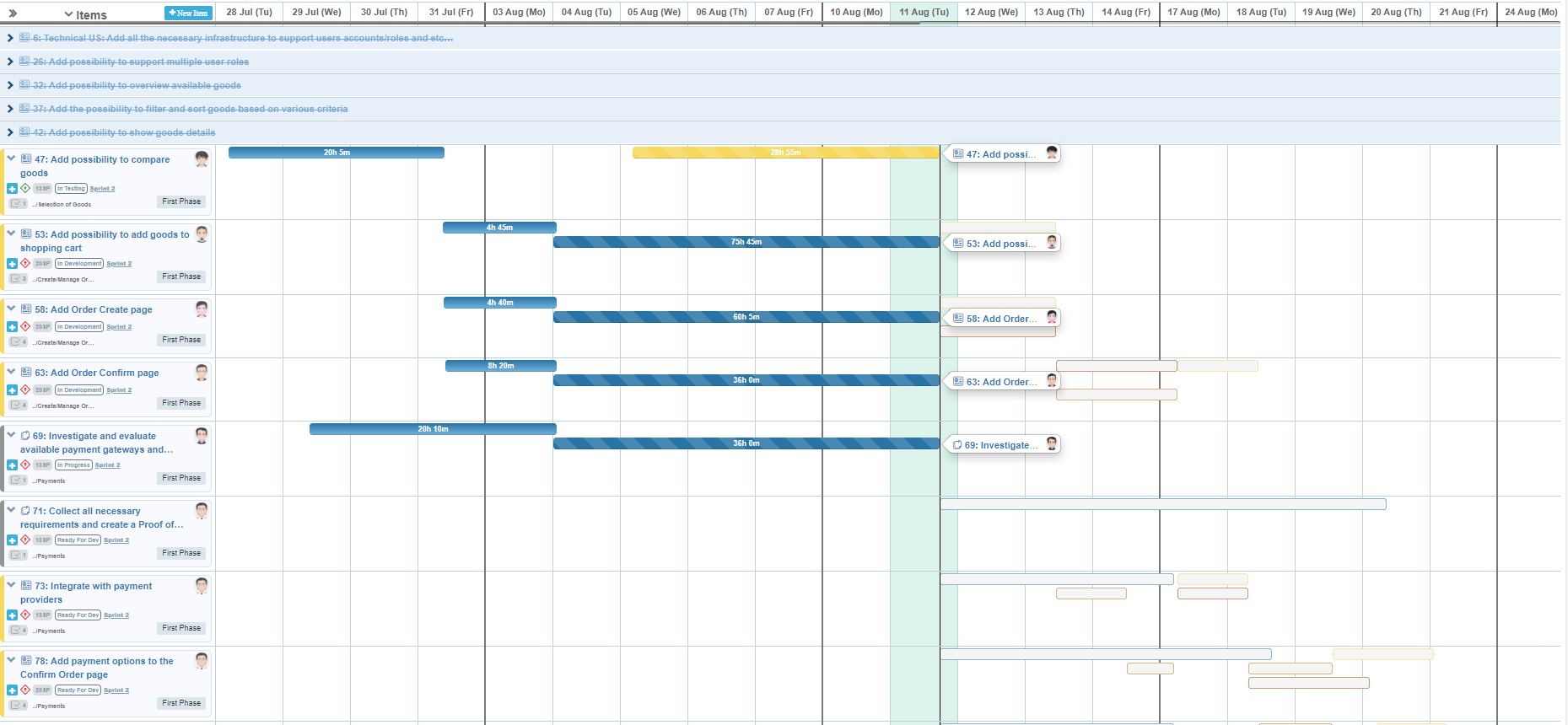 As per written above, hiring remote specialists, creating distributed teams, delegating the tasks to outsource providence are a profitable and justified measure in many situations. In addition, the restructuring of processes, communication methods and infrastructure which are to support remote work mode, makes your company much more flexible, more stable and adaptive to new challenges and potential force majeures.
As per written above, hiring remote specialists, creating distributed teams, delegating the tasks to outsource providence are a profitable and justified measure in many situations. In addition, the restructuring of processes, communication methods and infrastructure which are to support remote work mode, makes your company much more flexible, more stable and adaptive to new challenges and potential force majeures.
However, the proper remote work organization is not trivial task at all. You will have the necessity to rebuild existing and introduce new management practices, you will have to organize high-quality communication, ensure transparency of control and manageability of all the processes.
Let's take a look at the most important management and organizational practices necessary for successful and productive remote work mode, as well as the best approaches of implementing them.

For all the modern processes, and particularly for the flexible ones, such as Scrum, Kanban, Rup, XP, communication is Basics. Any Agile process is designed to minimize the specifications writing and the large backlogs creation in favor of readiness for change and interaction between people. Naturally, there is a lack of communication in case of transferring to remote work mode. You no longer have the opportunity to come up, pat a colleague on the back discuss the questions that have arisen and get clear answers, but instead, you have to use gadgets and specialized software, coordinate time, spend additional efforts to convey your thought and correctly understand the answer. Not always the right employee will be on the spot, not always the quality and speed of communication will be good, it will not always be easy to convey your questions and you will not always be able to understand the answers correctly and without distortions. All this looks like a serious problem that questions the possibility of effective remote interaction, but really everything is not so sad! We have compiled a list of best practices below. They will help make communication in distributed teams as trouble-free as possible.
 Use the communication means which have the widest possible information channel. That is, ideally, you should not only hear the interlocutor, but also see him, have the ability to share the image of your screen and see the interlocutor's screen, be able to draw on the screen of the speaker or visualize your thoughts and questions in other way. Accordingly, if possible, you should simply avoid just phone meetings, but instead, use applications that allow to transmit video in addition to audio content. (Slack, Zoom, Skype, Google Meeting and others). This method of communication will greatly improve the speed and quality of information transmission.
Use the communication means which have the widest possible information channel. That is, ideally, you should not only hear the interlocutor, but also see him, have the ability to share the image of your screen and see the interlocutor's screen, be able to draw on the screen of the speaker or visualize your thoughts and questions in other way. Accordingly, if possible, you should simply avoid just phone meetings, but instead, use applications that allow to transmit video in addition to audio content. (Slack, Zoom, Skype, Google Meeting and others). This method of communication will greatly improve the speed and quality of information transmission.
 Be sure to send follow ups if anything important was discussed at the meeting. This rule is right for any type of the meeting, as for offline when all the people are physically present in the same place, and for online ones when participants communicate remotely. But, nevertheless, following this recommendation is critically important in case of online meetings since the distance, connection quality and the way of communication will contribute to certain losses and distortions in the process of information exchange. Using follow ups you will always be sure that all the parties understand each other properly, you will be able to avoid possible losses and distortions, and you will always have structured meeting results and a history of the decisions made.
Be sure to send follow ups if anything important was discussed at the meeting. This rule is right for any type of the meeting, as for offline when all the people are physically present in the same place, and for online ones when participants communicate remotely. But, nevertheless, following this recommendation is critically important in case of online meetings since the distance, connection quality and the way of communication will contribute to certain losses and distortions in the process of information exchange. Using follow ups you will always be sure that all the parties understand each other properly, you will be able to avoid possible losses and distortions, and you will always have structured meeting results and a history of the decisions made.

When switching to remote work mode, the security requirements increase many times.
Accordingly, at a minimum, the following practices should be implemented:

If you work with a remote team, you will need to implement a number of additional project management practices into classic agile processes:
 Actually, in order to successfully cope with all the above mentioned tasks, you will most likely need a dedicated person (Project Manager). It is very unlikely that team members are supposed to be able to perform all the organizational activities in a quality and timely manner on spot. It is much better for the professional to take on this role and allow the team to focus on their immediate duties. The role of the Project Manager in the distributed team is particularly important and gravely loaded at the kick off stage of the project: during the start of the team formation, the installation and configuration of communications and processes. However, over time, after the team enters the phase of normalization or maximum efficiency, the main processes will be set up and understood by all the participants. The Project Manager’s workload and the necessity of his direct presence in the project is significantly reduced. In this case, he can help launch other teams or projects and support them in any difficult situations. Also, it is always worth remembering that if there is no such a person with mentioned competencies in your organization, you can easily hire a professional Project Manager as a remote employee!
Actually, in order to successfully cope with all the above mentioned tasks, you will most likely need a dedicated person (Project Manager). It is very unlikely that team members are supposed to be able to perform all the organizational activities in a quality and timely manner on spot. It is much better for the professional to take on this role and allow the team to focus on their immediate duties. The role of the Project Manager in the distributed team is particularly important and gravely loaded at the kick off stage of the project: during the start of the team formation, the installation and configuration of communications and processes. However, over time, after the team enters the phase of normalization or maximum efficiency, the main processes will be set up and understood by all the participants. The Project Manager’s workload and the necessity of his direct presence in the project is significantly reduced. In this case, he can help launch other teams or projects and support them in any difficult situations. Also, it is always worth remembering that if there is no such a person with mentioned competencies in your organization, you can easily hire a professional Project Manager as a remote employee!
 It is obvious that if you switch to remote work mode, there will inevitably be a people’s activities control decrease, a decline in the ability to put your ears to the ground and respond to emerging problems promptly. Moreover, the lack of the ability to check where subordinates are, and what they are doing at the moment of time is very nervous for many business owners.
On the one hand, this all does not look like a big problem if all the workflows are already configured, the team consists of well-organized professionals whom you trust, all the tasks are performed on time and proper quality compliance, and the issues arising are resolved with minimal participation.
But what about the new employees’ allocation? What if proper processes have suddenly begun to fever: there are delays, incorrect or incomplete tasks performance, quality degradation, critical failures on the client application? How is it necessary to resolve these issues when you work remotely? After all, before you start solving the problem, you need to understand its cause, outline actions and monitor their performance... I think it is not worth talking about how much it is a non-trivial task if the team is not in one place, but on the contrary, when it is scattered around the world and time zones.
In this case the most correct strategy is to build all the project activities and interactions in such a way as to ensure maximum transparency. This approach will allow you to see all the potential problems before they get critical, will allow you to assess the impact of management decisions, will create the necessary trust and understanding between all the people involved in the performance of the project...
Let us figure out how to ensure the necessary level of transparency and trust.
It is obvious that if you switch to remote work mode, there will inevitably be a people’s activities control decrease, a decline in the ability to put your ears to the ground and respond to emerging problems promptly. Moreover, the lack of the ability to check where subordinates are, and what they are doing at the moment of time is very nervous for many business owners.
On the one hand, this all does not look like a big problem if all the workflows are already configured, the team consists of well-organized professionals whom you trust, all the tasks are performed on time and proper quality compliance, and the issues arising are resolved with minimal participation.
But what about the new employees’ allocation? What if proper processes have suddenly begun to fever: there are delays, incorrect or incomplete tasks performance, quality degradation, critical failures on the client application? How is it necessary to resolve these issues when you work remotely? After all, before you start solving the problem, you need to understand its cause, outline actions and monitor their performance... I think it is not worth talking about how much it is a non-trivial task if the team is not in one place, but on the contrary, when it is scattered around the world and time zones.
In this case the most correct strategy is to build all the project activities and interactions in such a way as to ensure maximum transparency. This approach will allow you to see all the potential problems before they get critical, will allow you to assess the impact of management decisions, will create the necessary trust and understanding between all the people involved in the performance of the project...
Let us figure out how to ensure the necessary level of transparency and trust.
 Use special application features aimed at increasing transparency: for example, TTB can display the tasks forecast and the actual implementation of the ones in the form of the Gantt Chart in real time for both the separate sprint and the global scope. It significantly increases transparency, since all the involved people can assess the status of the project not only statically but also dynamically. Such an approach allows you to assess the correspondence of the actual work speed to the forecast one, to come to the assistance on time in case of delays or problems, and to adjust the expected duration and sprint scope or project phase in a timely manner.
Use special application features aimed at increasing transparency: for example, TTB can display the tasks forecast and the actual implementation of the ones in the form of the Gantt Chart in real time for both the separate sprint and the global scope. It significantly increases transparency, since all the involved people can assess the status of the project not only statically but also dynamically. Such an approach allows you to assess the correspondence of the actual work speed to the forecast one, to come to the assistance on time in case of delays or problems, and to adjust the expected duration and sprint scope or project phase in a timely manner.